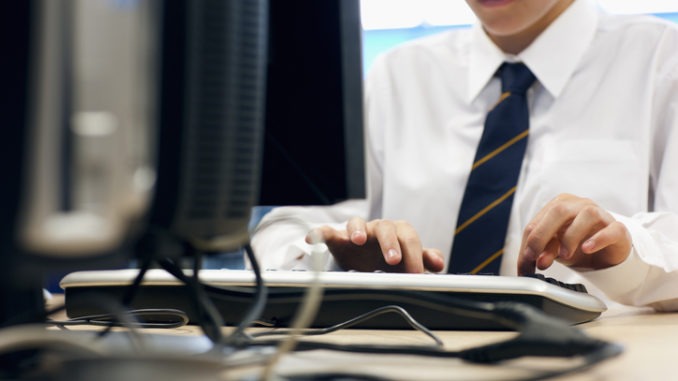
The Office for National Statistics’ latest infection survey shows that secondary-age pupils now have the highest rate of infection of any age group and, whilst it has fallen a little as a result of the half-term holiday, it is likely to carry on increasing
The National Education Union has received a letter from Sir Patrick Vallance and Professor Sir Ian Diamond in response to a set of questions posed on 20 October. The letter confirms that ONS and SAGE will be collecting data on school bubbles and ventilation, which is particularly important given the emerging evidence on airborne transmission of the virus.
The NEU is concerned that the continued trajectory of infection rates in schools and colleges will make this lockdown much less effective, and not make the sacrifice worthwhile. Initial indications show that R has not come down far enough – ZOE estimate it to be 0.9, whilst SAGE estimate it 1.0 – 1.2 (see note 4). This indicates that while coronavirus might go into retreat, it will not retreat very far.
This concern is heightened by the SAGE finding that children aged 12-16 played a ‘significantly higher role’ in introducing infection into households in the period after schools reopened their doors to all students.
The NEU are also troubled by new evidence from Public Health England showing that the positivity rate amongst school-age children is extremely high. For secondary age children it is 18% and for primary age children it is 12%. The level of testing amongst school-age children has actually fallen in recent weeks. This means that only a tiny proportion of pupils with coronavirus are self-isolating. We call on the government to take urgent steps to massively increase the level of testing for school pupils.
Dr Mary Bousted, joint general secretary of the National Education Union, said: “We are pleased that SAGE has recognised the important role that schools and school-age children play in transmission of the virus. We have been concerned for some time that an erroneous belief that children do not play a significant role in the transmission of coronavirus was badly distorting policy. This is in spite of a clear and sharp trend in infection rates among secondary school pupils in particular since the start of term.
“We call on the government to play a much more active role to suppress the transmission of COVID within schools. Schools have gone to great lengths to make themselves as safe as possible but there is only so much they can do on their own. We put forward a ten-point plan in June with suggestions including hiring additional space and teachers to reduce class sizes. More recently we have put forward ideas to enable social distancing in schools through the use of rotas for older secondary school pupils. All these suggestions were ignored. Schools have been given inadequate advice – more often than not delivered at the last minute – and with no additional funding.
“The situation is untenable and widespread disruption will continue unless the Government takes steps to get coronavirus under control in schools.”



Be the first to comment